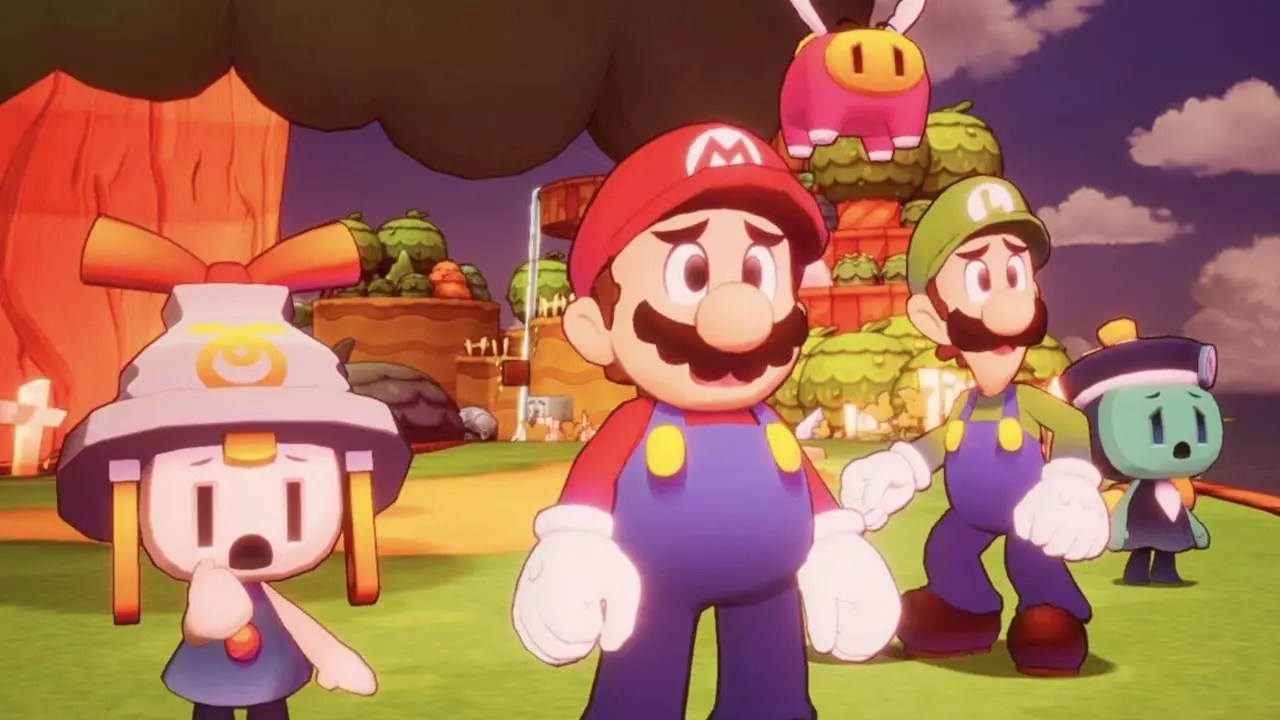In the world of video game development, naming a title is as crucial as the gameplay itself. Recently, a fascinating revelation surfaced regarding the collaboration between Japanese developer Acquire and Nintendo on their latest RPG, Mario & Luigi: Brothership. Initially, the creative minds behind the game explored over 100 potential names, demonstrating the intricate process that contributes to a game’s identity. This process reflects not only creativity but also the strategic marketing decisions that influence a game’s reception in a crowded industry.
The Title Game: From Wonder to Brothership
Producer Akira Otani disclosed that one of the initial contenders for the title was “Mario & Luigi Wonder.” However, this title was swiftly shelved. The conundrum arose when Nintendo’s release of Super Mario Bros. Wonder occurred prior to Brothership’s launch. Otani recounted this with a light-hearted tone, emphasizing their need to pivot in light of the overlapping titles. The title “Brothership” was chosen not only for its direct reference to the bond between the iconic brothers but also for its clever dual meaning—linking both maritime adventures and the essence of camaraderie.
This raises the intriguing notion of the game development timeline within such franchises. Industry insiders might expect developers to be aware of parallel project timelines, especially when they originate from the same umbrella company. Yet, Otani’s comments hint at an unexpected disconnect regarding awareness of title overlap—an aspect that, while amusing, could reflect a broader issue within development coordination.
The Aesthetic of Naming
The significance of a game’s title cannot be overstated. A name does more than just serve as an identifier; it encapsulates the theme, the mood, and sometimes even the gameplay experience. In this context, “Brothership” emerges as an apt description of the game’s narrative focus on brotherly bonds and collective adventures. The previous title, “Mario & Luigi Wonder,” may not have resonated with the intended themes as effectively.
It’s important to note that the decision to retain the title “Brothership” across international releases underscores a strong branding choice. Game titles can often shift dramatically when reaching Western markets; however, keeping this title intact suggests a robust confidence in its appeal. This stability, in a way, communicates to fans that the essence of the game—a celebration of the fraternal bond—will resonate universally.
As with any title reveal, community reactions play a significant role in the conversation surrounding game development. Fans have voiced their opinions on whether “Mario & Luigi Wonder” would have been a fitting title, but it appears that most players lean towards the belief that “Brothership” better encapsulates the spirit of the game. This dialogue enriches the community’s involvement with the franchise, allowing players to feel connected to the development process.
The journey of naming Mario & Luigi: Brothership exemplifies the intricate balance of creativity, timing, and branding that developers navigate today. As the industry continues to evolve, the conversations surrounding these titles will likely inspire future projects, inviting both development teams and players to engage in a shared narrative about the worlds—and names—that shape their gaming experiences.


Leave a Reply